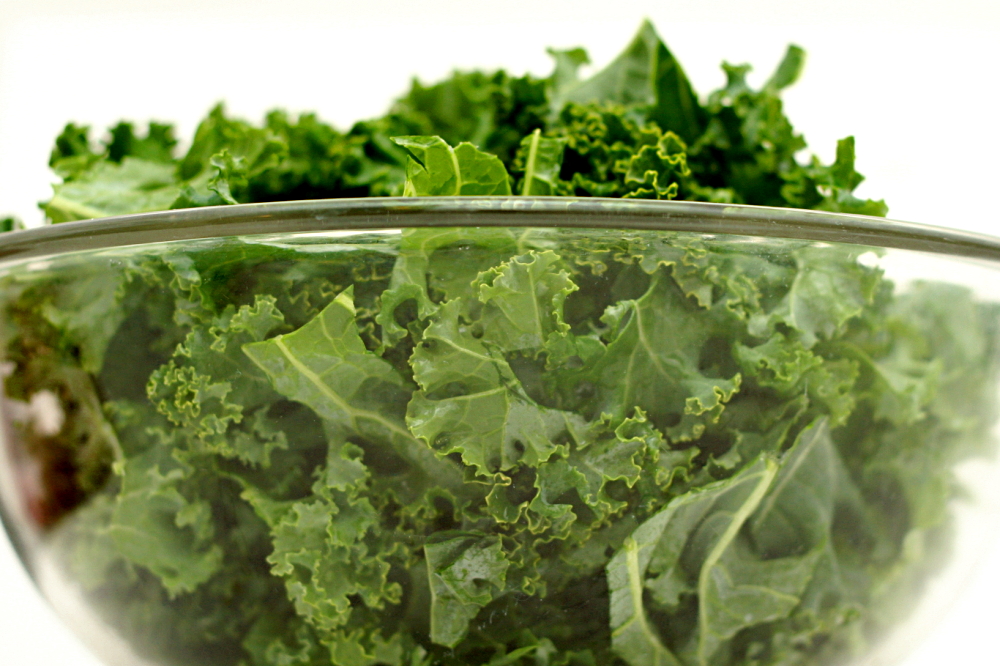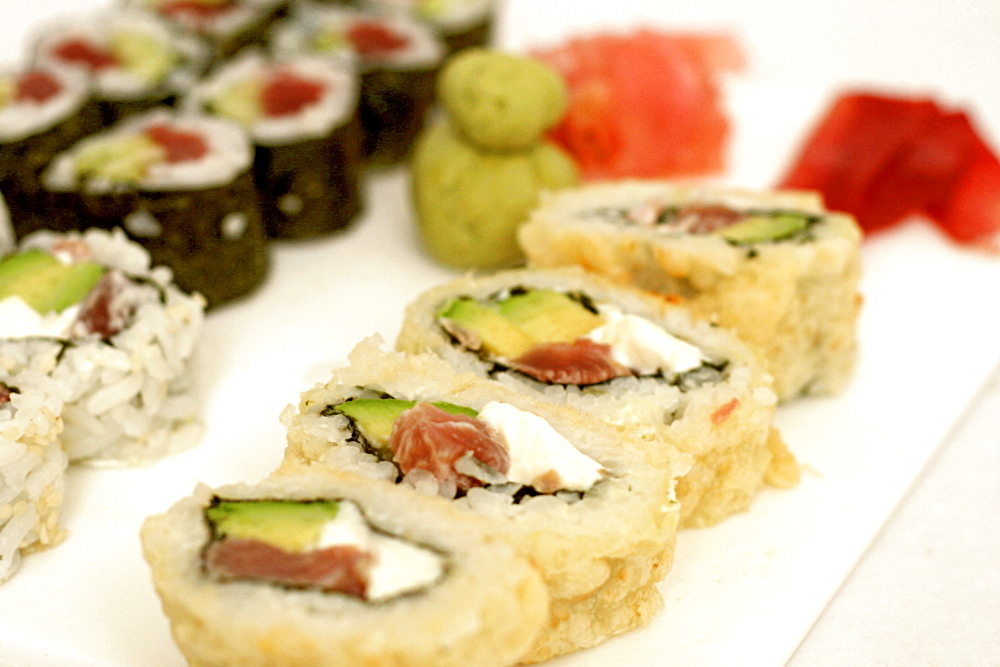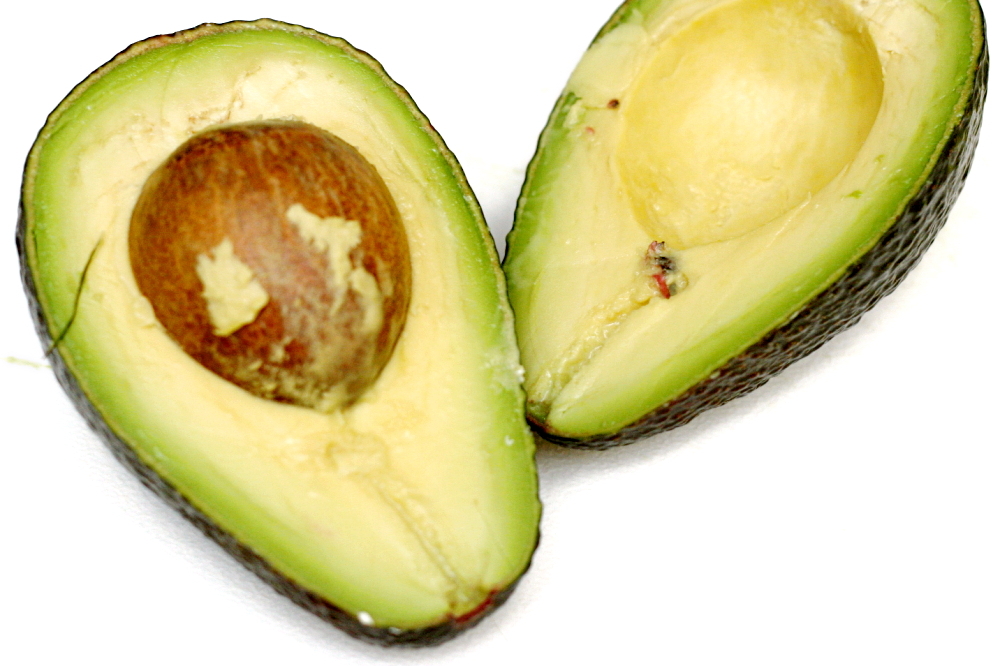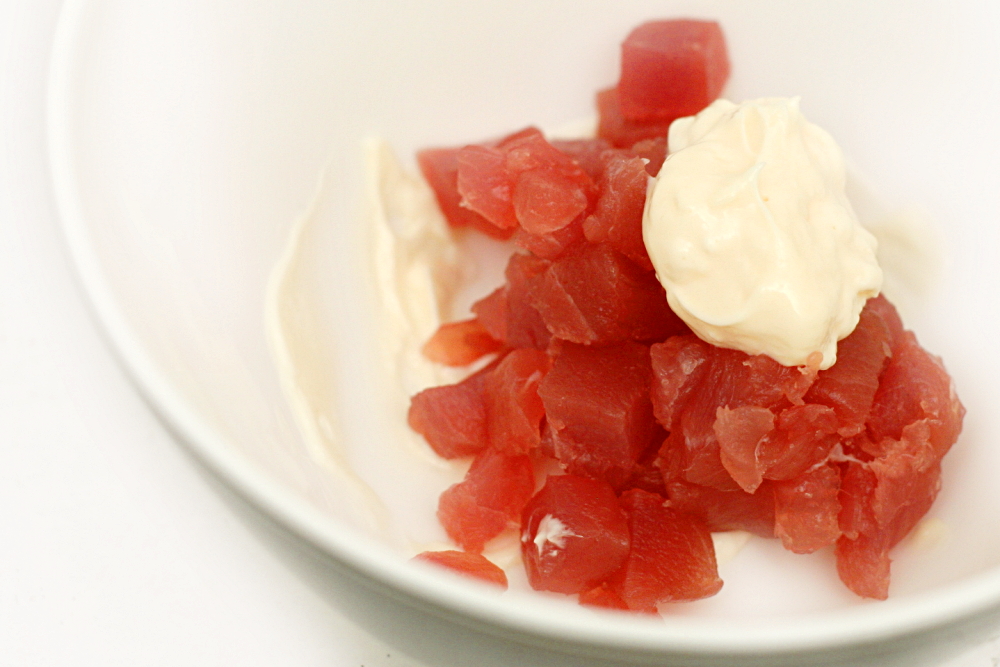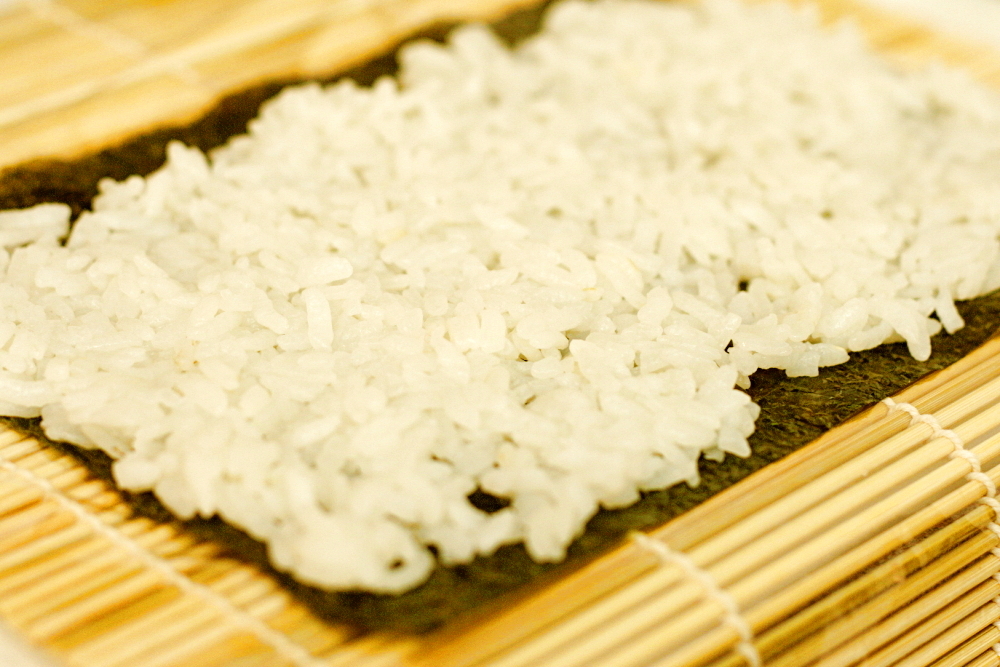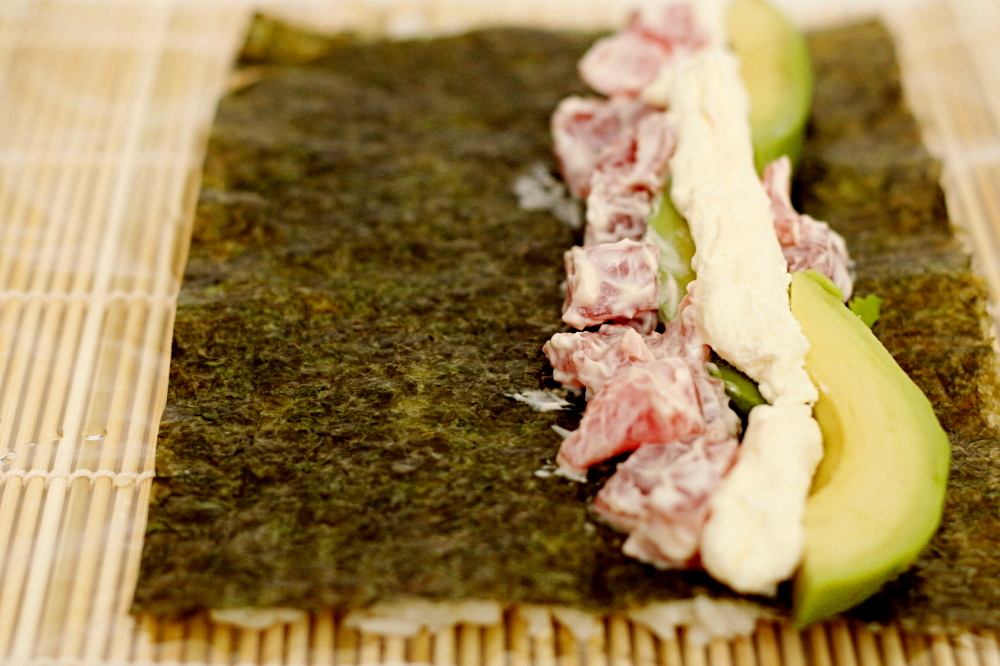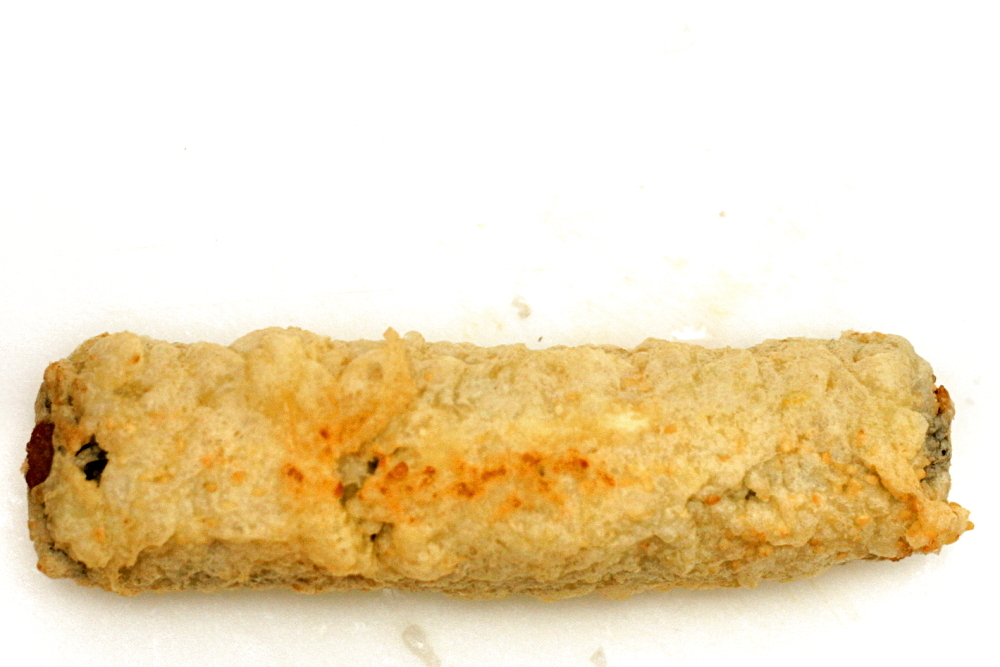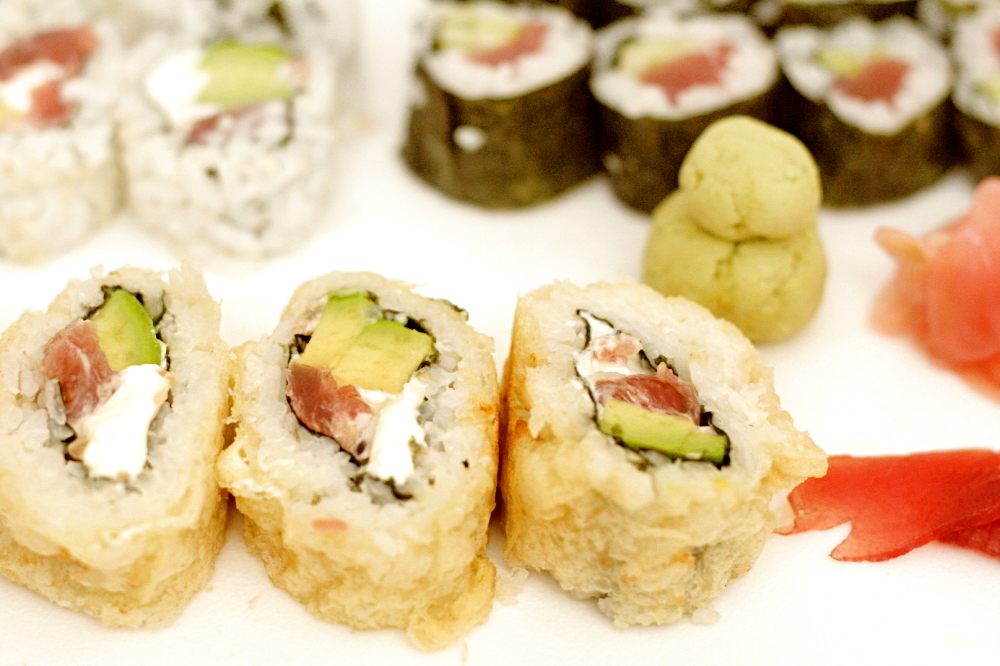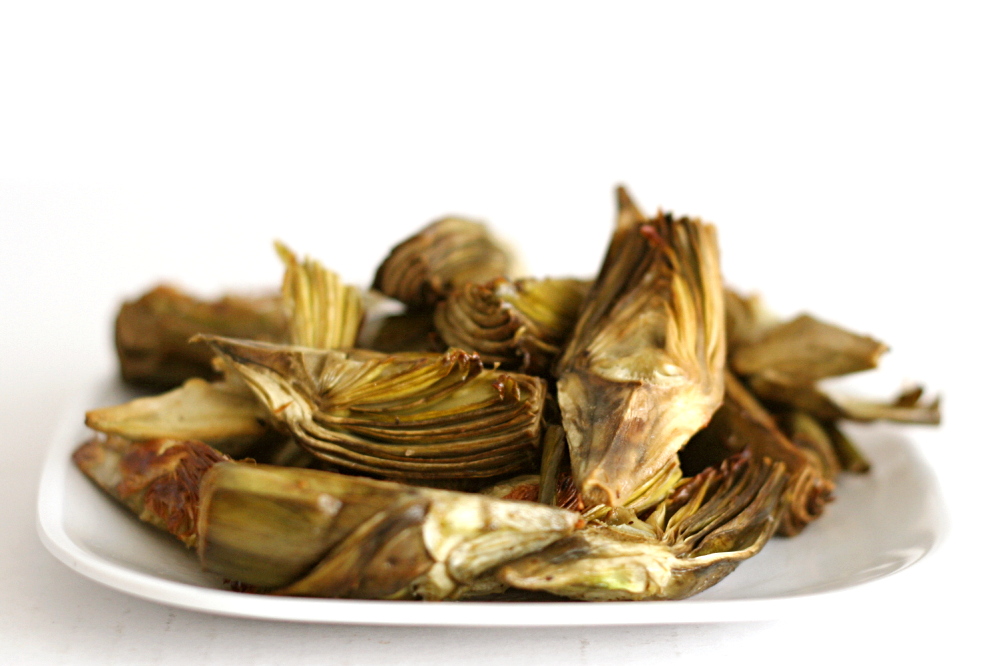
Dave and I have gotten into the habit of choosing a nice bottle of wine to open on Saturday, and then I plan a meal around it. The last two times, I’ve scheduled ambitious main dishes and starches, and then planned to get whatever vegetable looked good at the store that would be easy to cook while I focused on the rest of the meal.
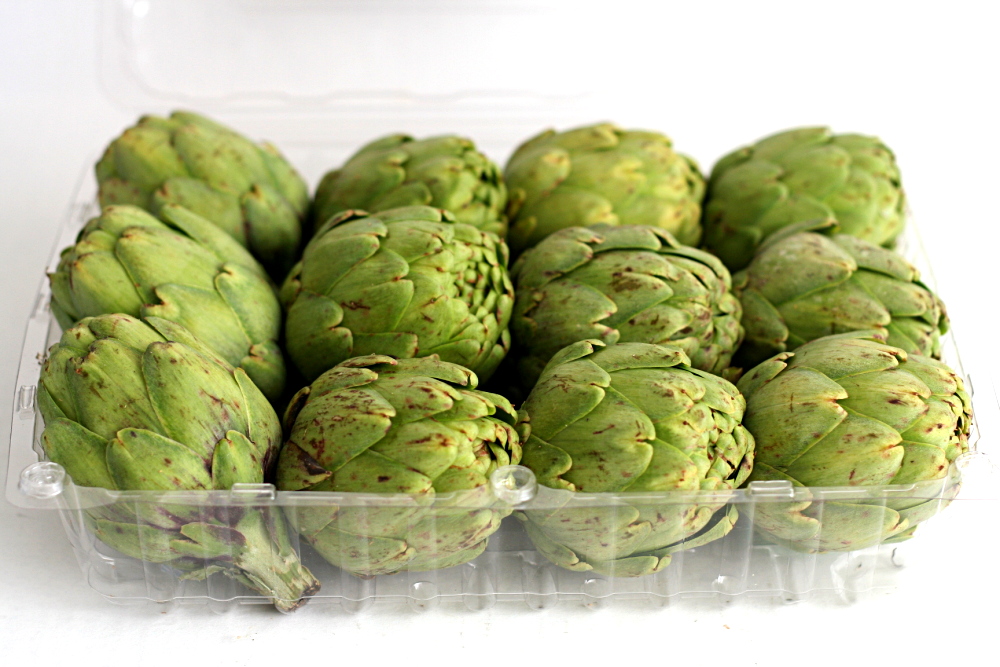
And then I’ve come home with artichokes, which are certainly not known for being low-maintenance. But now that I’ve cooked artichokes a few times, I’m not nearly as intimidated by them. I especially love roasting these baby artichokes, which is the easiest and definitely the best way I’ve ever prepared artichokes.
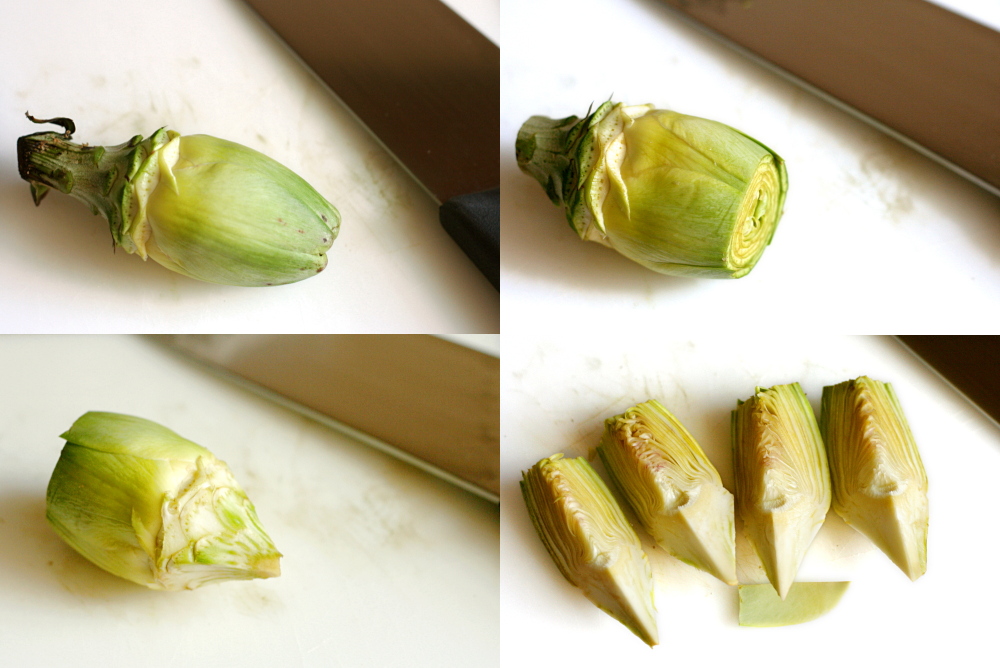
A lot of fuss is made about prepping artichokes, but now that I’m familiar with the process, it isn’t so bad. And the baby artichokes are quite a bit easier, because the fuzzy inedible choke inside the artichoke isn’t developed. There are basically three steps. 1) Pop off the leaves that are mostly green. 2) Cut off the top of the leaves and the bottom of the stem. 3) Trim off the dark green remnants of the leaves near the top of the stem. It really only takes maybe a minute per artichoke.
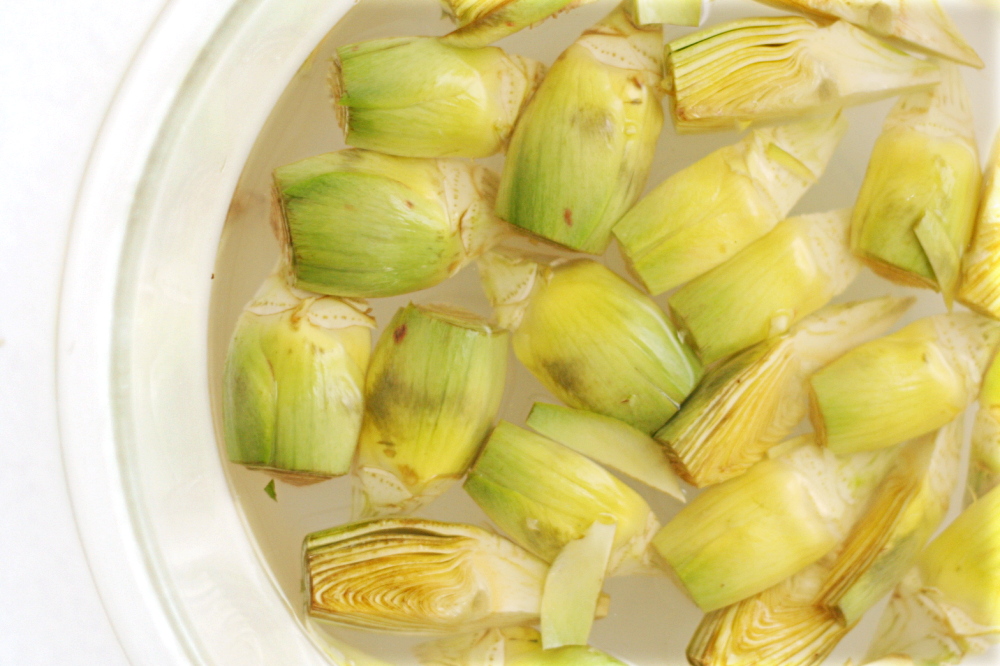
And then it’s just like roasting any other vegetable. I quartered the artichokes, seasoned them and sprinkled a bit of olive oil over them, then roasted them until they were browned and tender.
What I love about this method, besides how easy it is, is that there’s really nothing to taste except for the artichoke. It’s the most artichokey way that I’ve eaten artichokes. And they do have a great flavor on their own, with no need for marinades or gussied-up mayonnaise or whatever else. It’s the fanciest plain vegetable I’ve ever served.
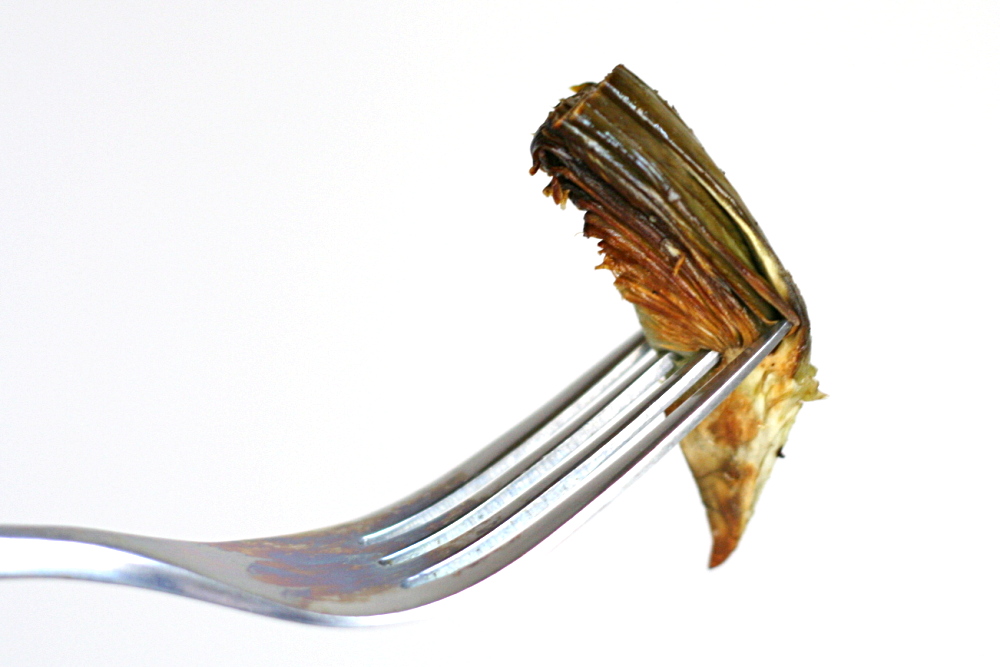
One year ago: Cheesecake Pops (these were a huge mess) and Fluted Polenta and Ricotta Cake
Roasted Baby Artichokes
I’ve seen recipes that require the artichokes to be boiled or steamed before roasting. This may be necessary with large ‘chokes, but I had no problem with the little guys getting tender just from roasting.
This is probably very anti-foodie of me, but I just squirted a bunch of bottled lemon juice into a bowl of water to make acidulated water. I didn’t have lemons. I considered skipping the acidulated water entirely, but the artichokes pretty much immediately started turning an unappetizing shade of brown.
3-4 servings
juice of one lemon
12 baby artichokes
1½ tablespoon olive oil
½ teaspoon salt
pinch pepper
½ teaspoon lemon juice
1. Preheat the oven to 425 degrees.
2. Trim the artichokes: Put the lemon juice into a bowl with 2-3 quarts of water. Working with one artichoke at a time, pop off the outer leaves until you reach the inner yellowish leaves. Cut off the top ½-inch of the leaves and all but ½-inch of the stem. Trim away the darker green leaf remnants around the base of the stem. Quarter the artichoke and place in the bowl of water. Repeat with the remaining artichokes.
3. Put the oil, salt and pepper on a baking sheet. Dry the artichokes, place them on the baking sheet with the oil and seasoning, and stir to coat with oil.
4. Roast for 20-30 minutes, stirring once or twice, until tender and browned on the outside. (I usually just eat one to see if they’re done.) Remove the pan from the oven, drizzle the lemon juice over the artichokes, and serve.
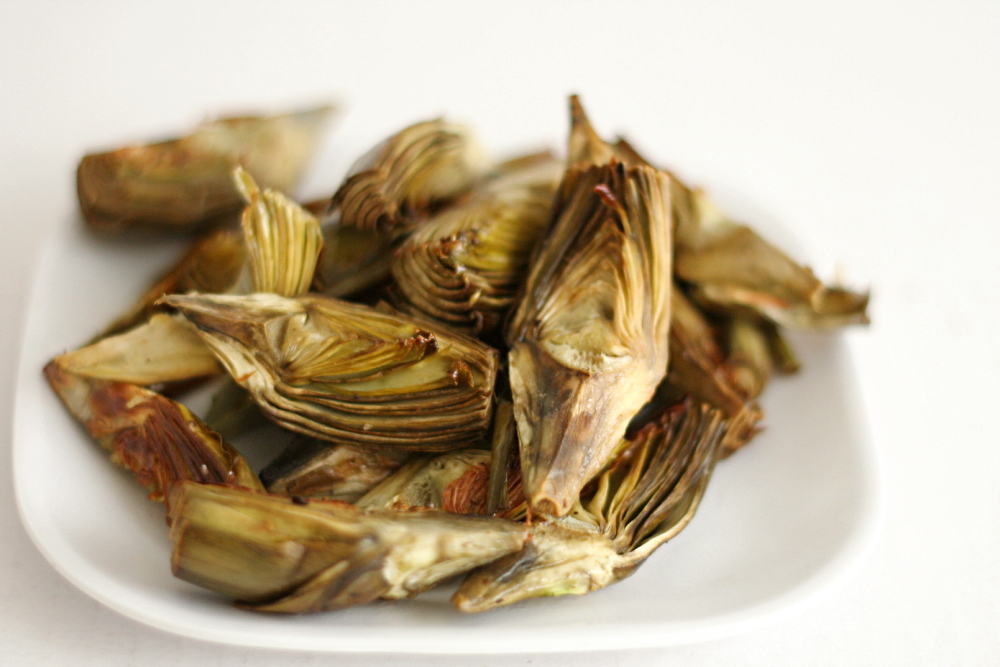
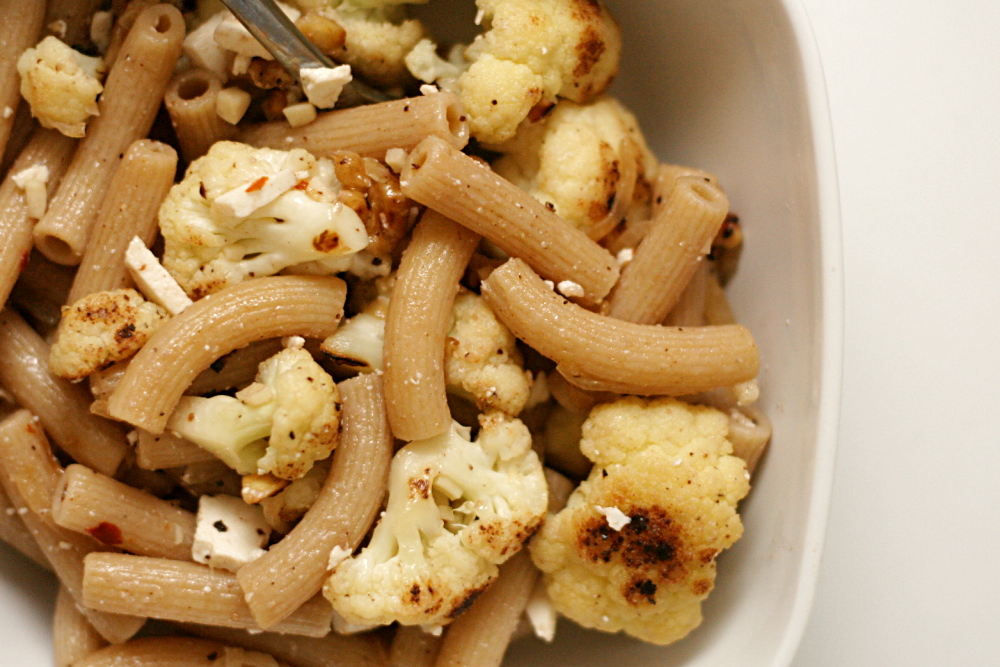
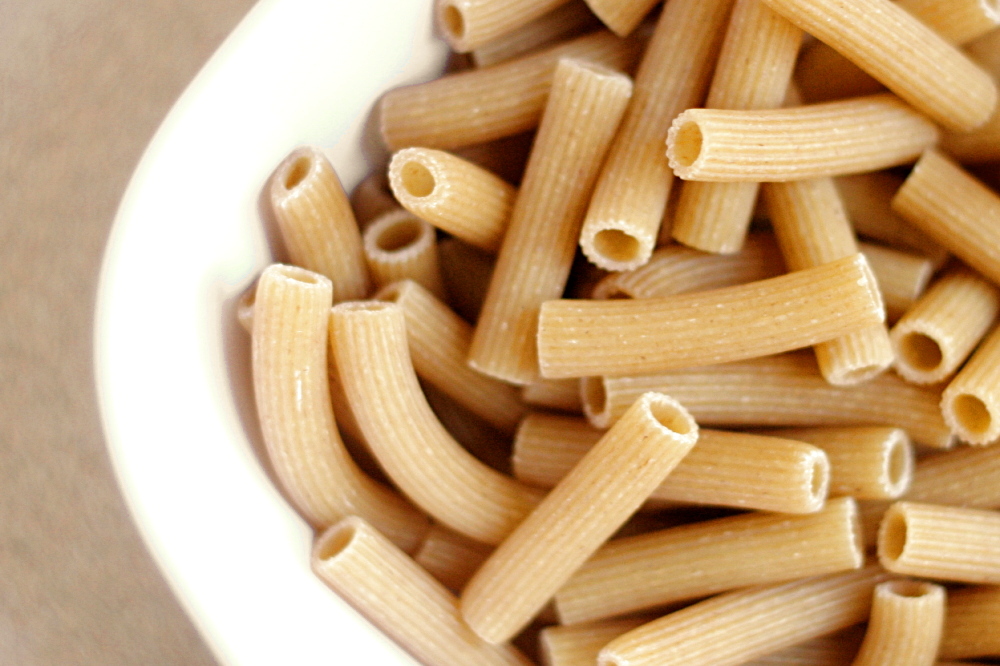
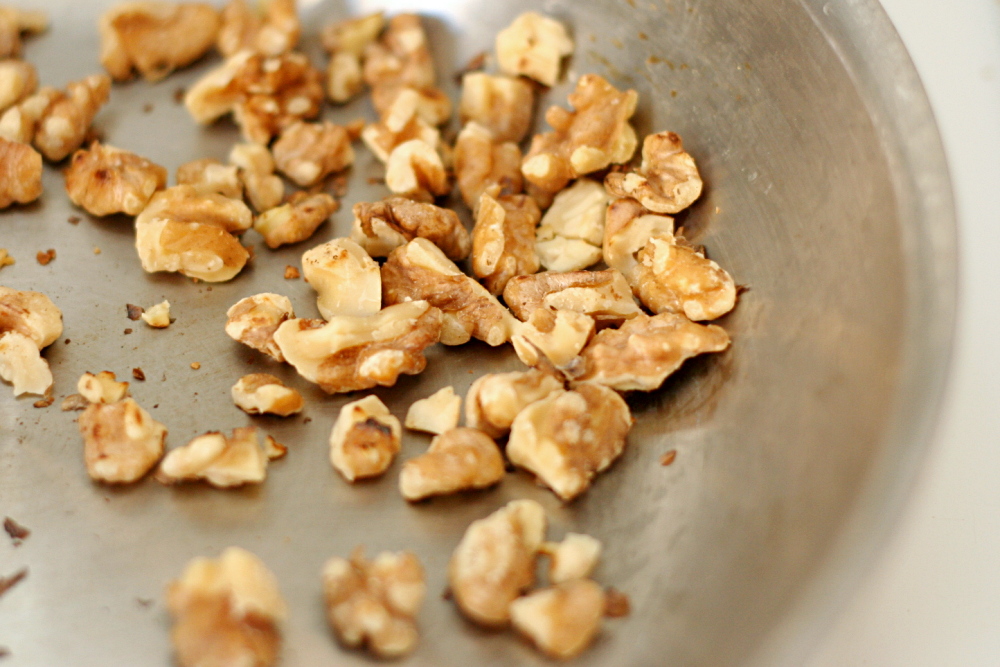
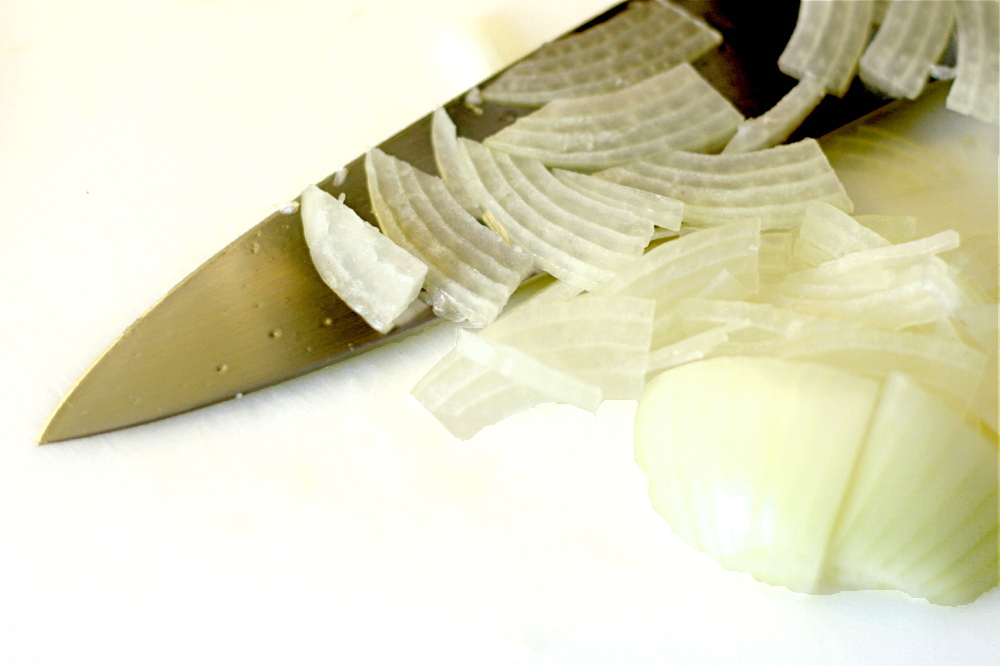
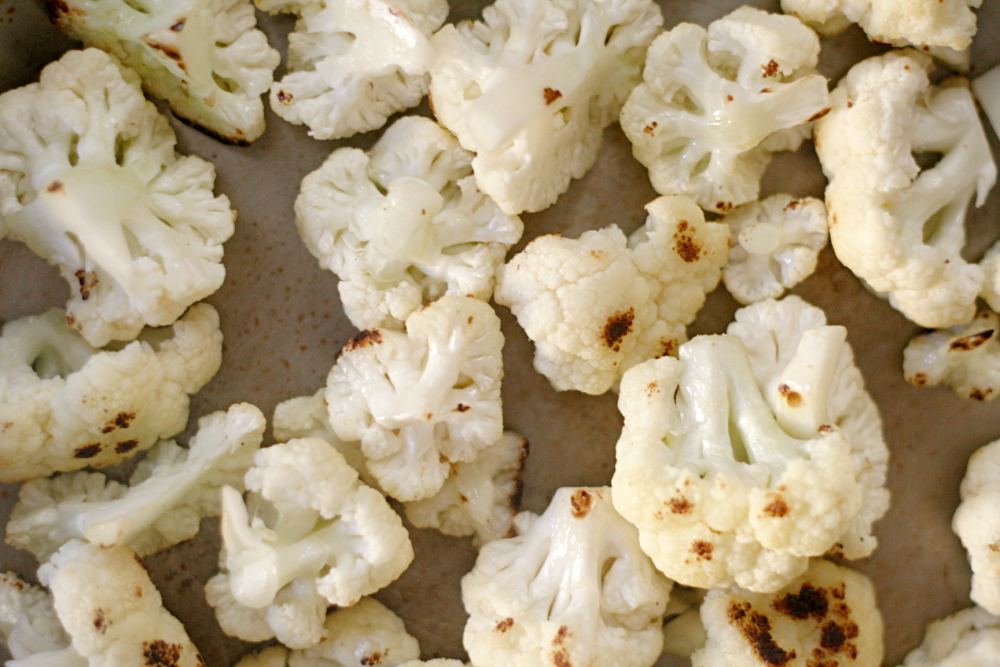
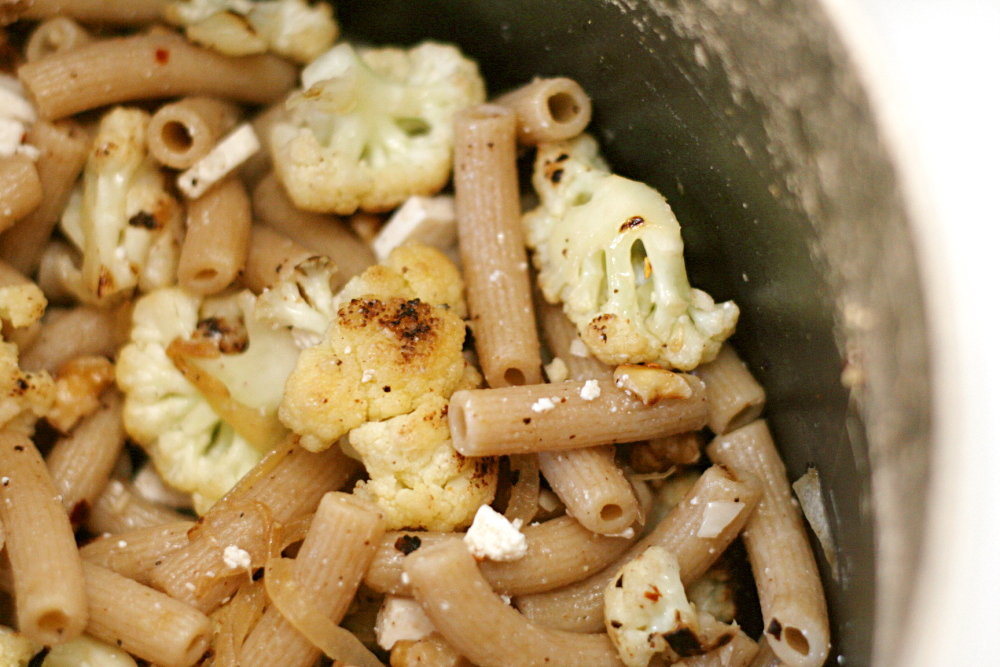
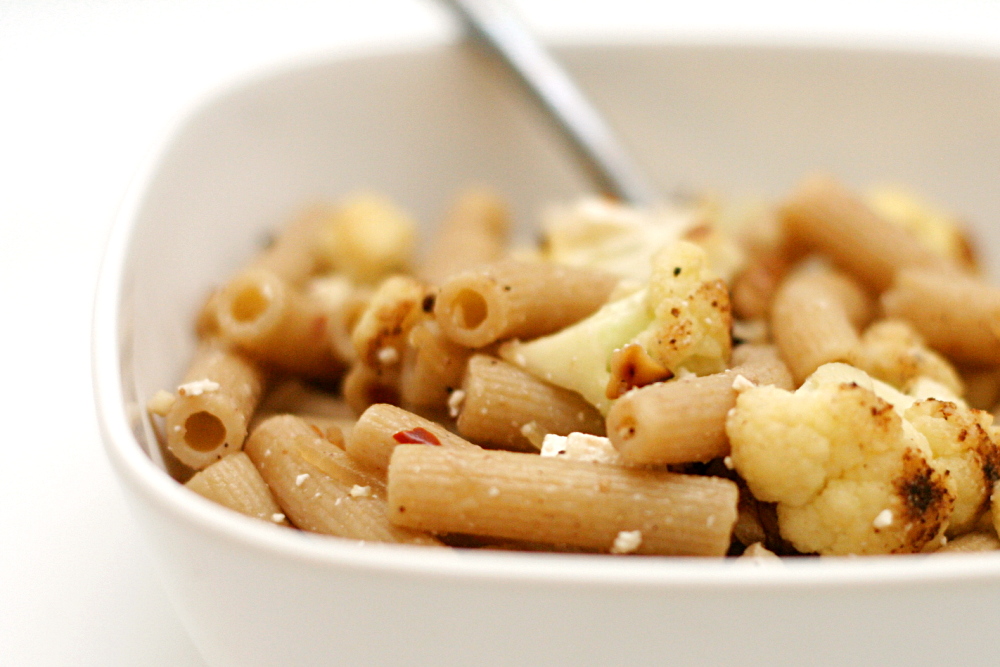
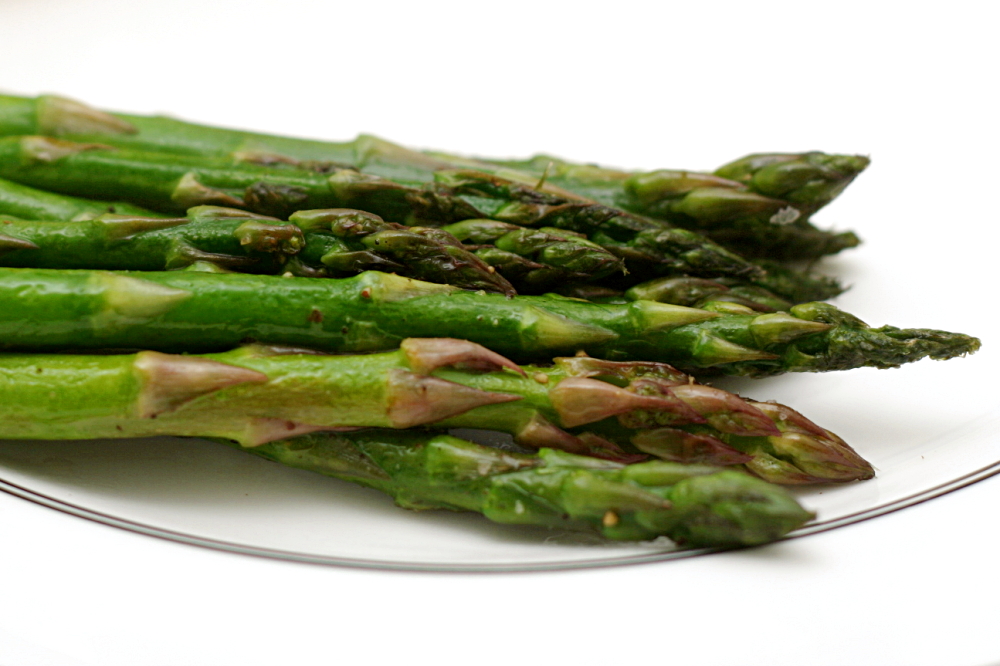
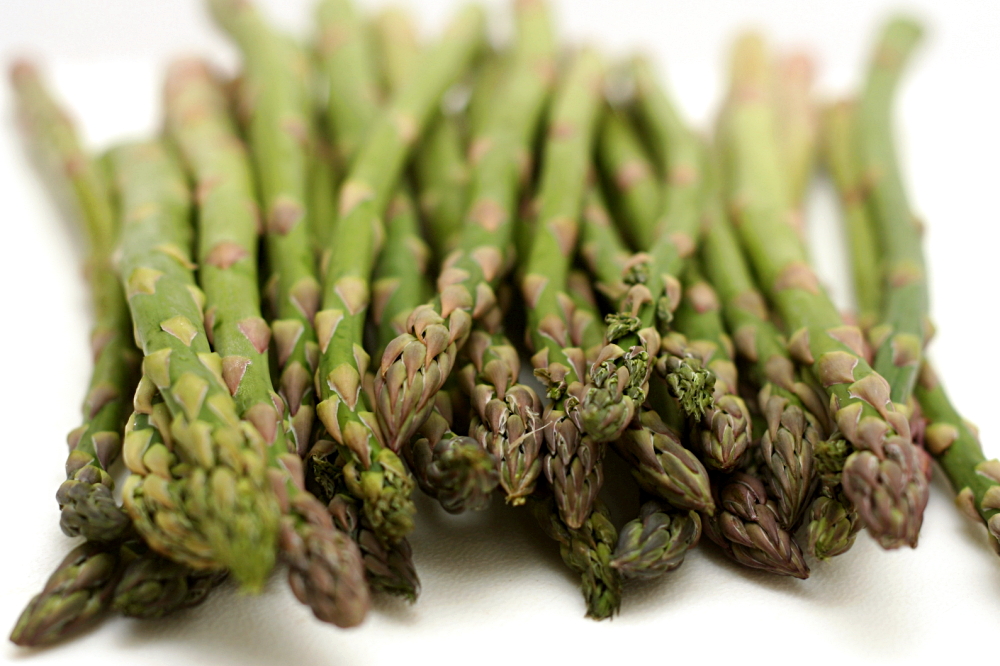
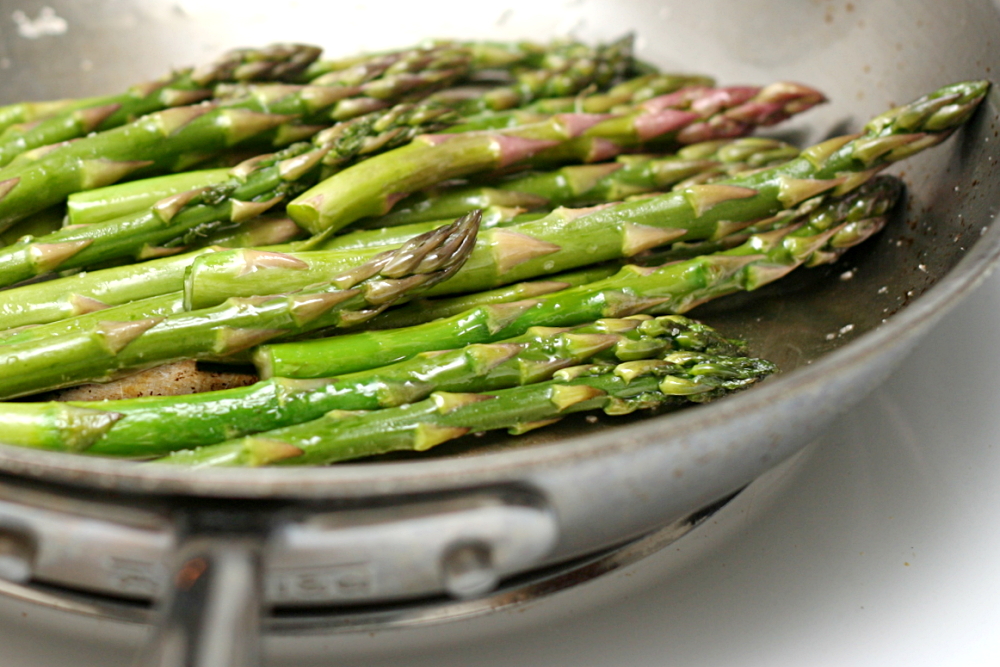
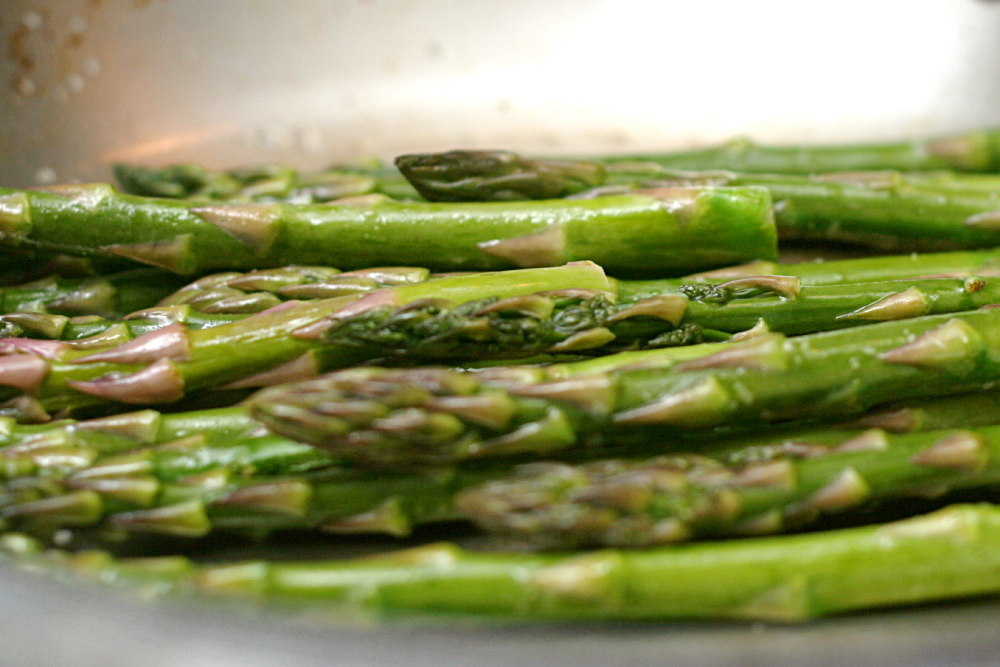
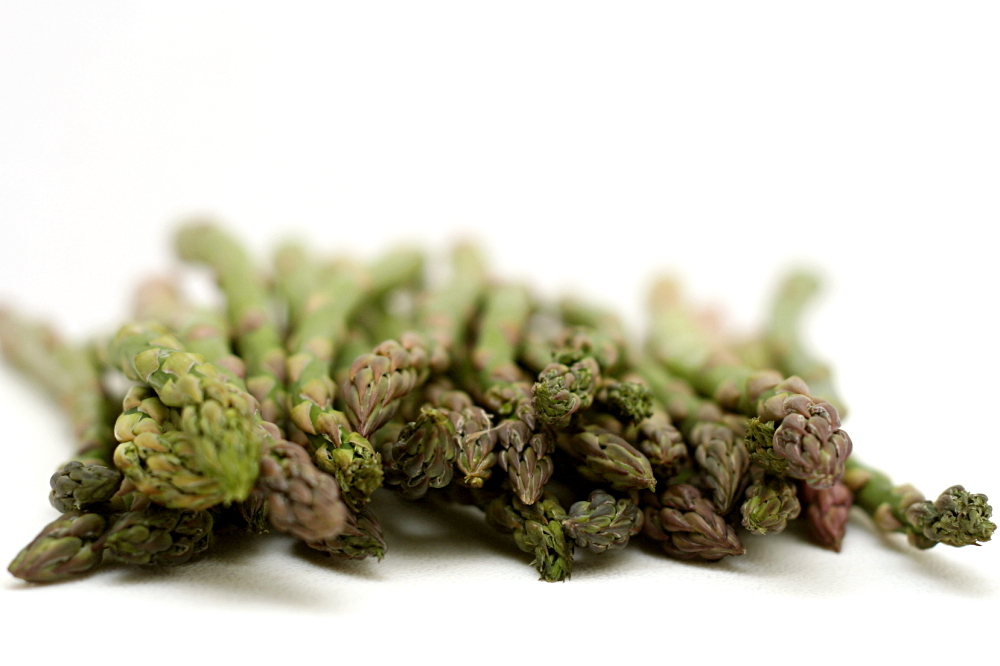
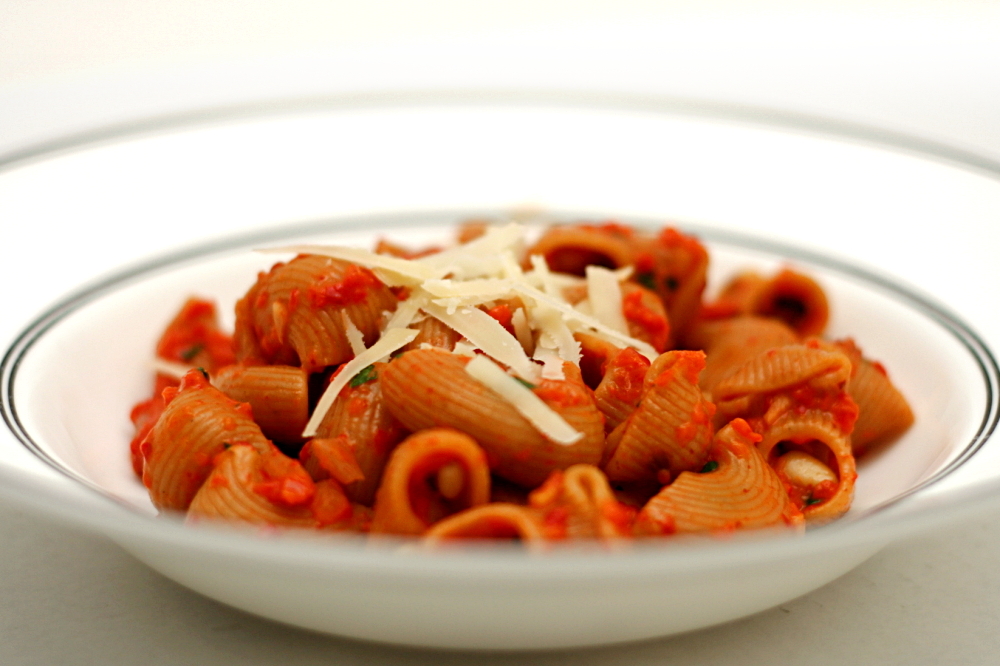
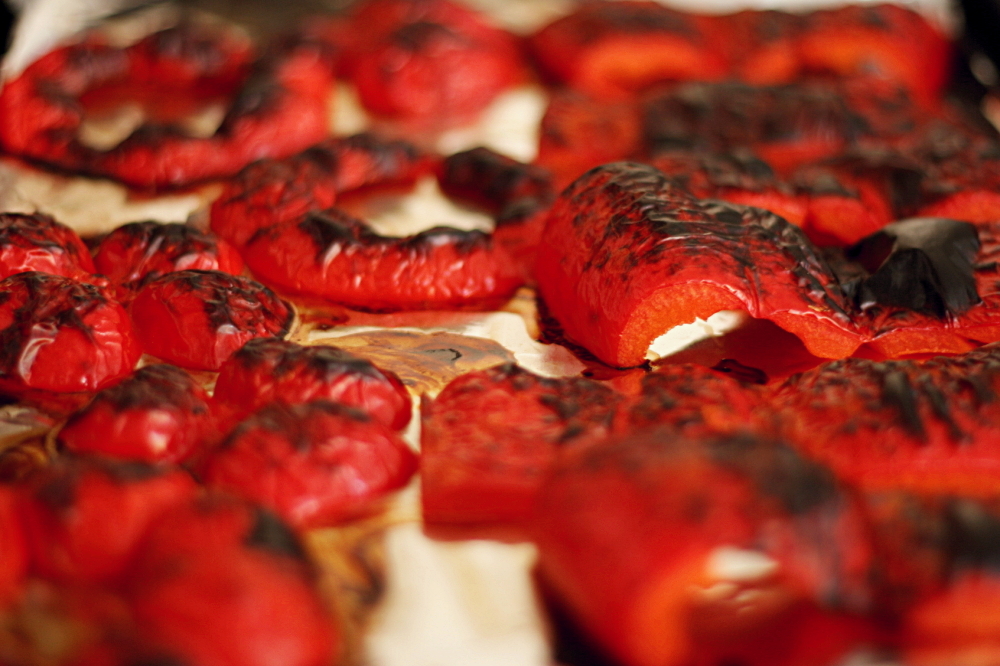
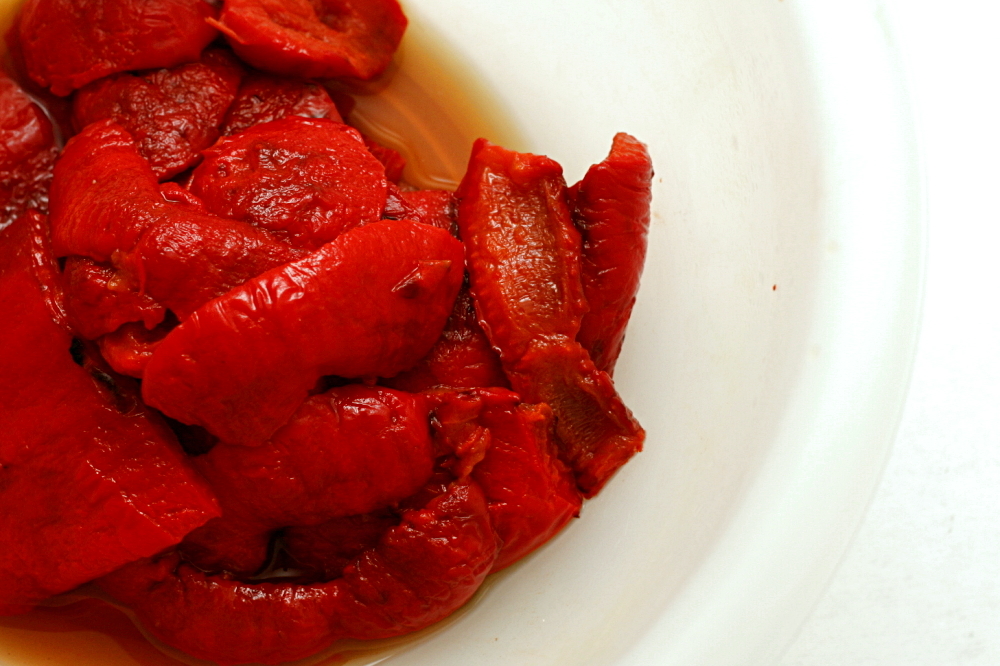
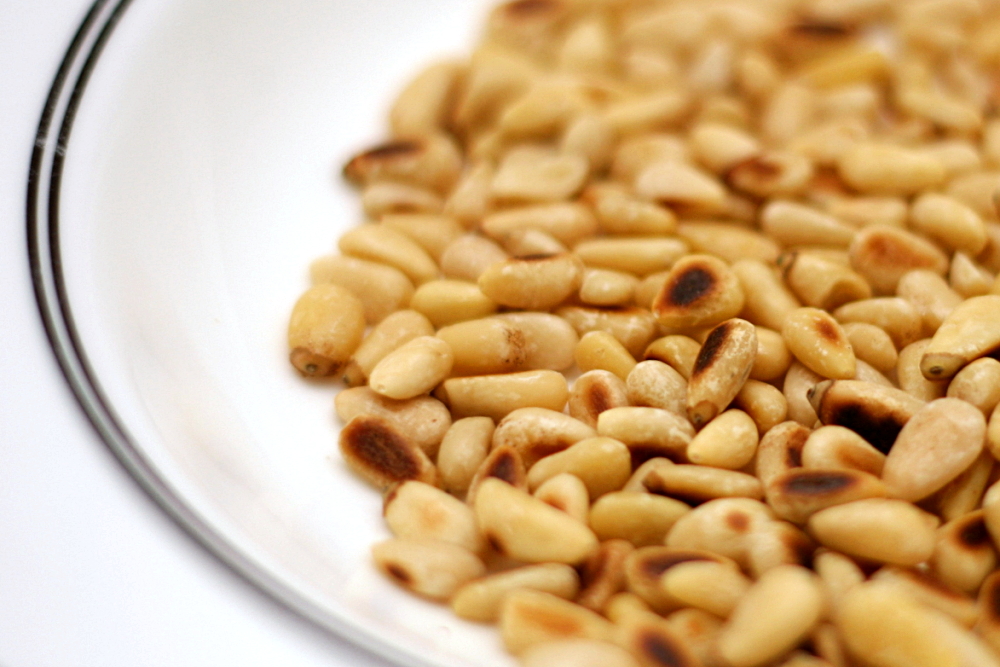
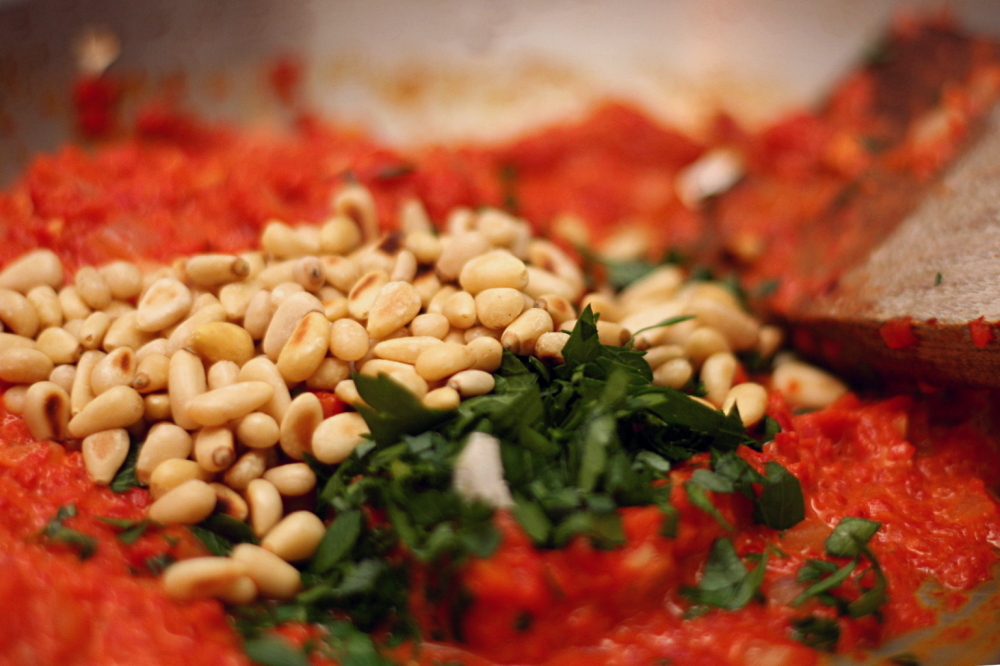

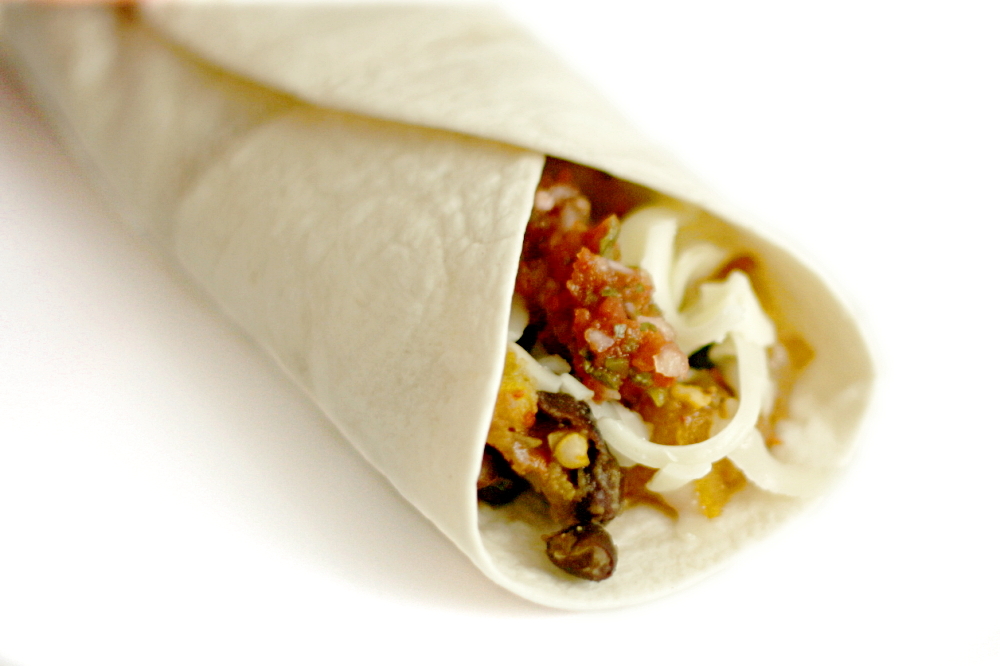
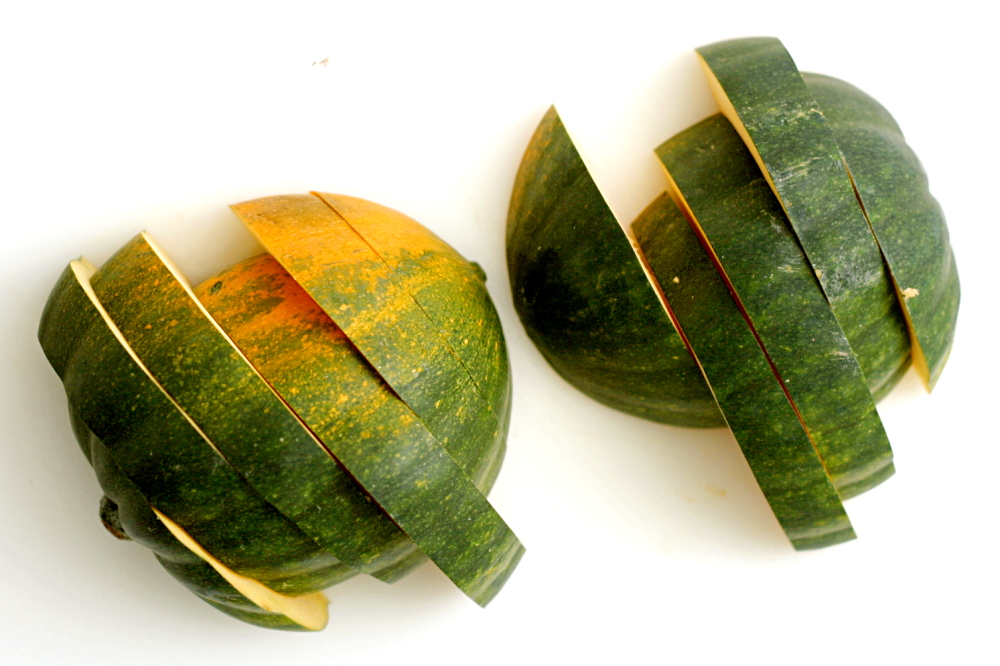
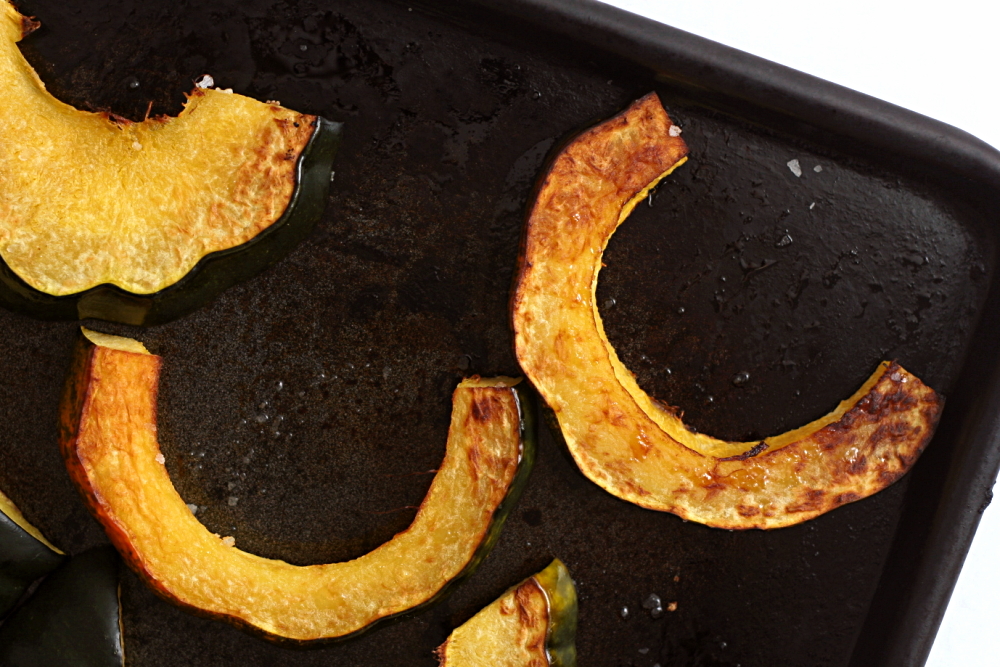
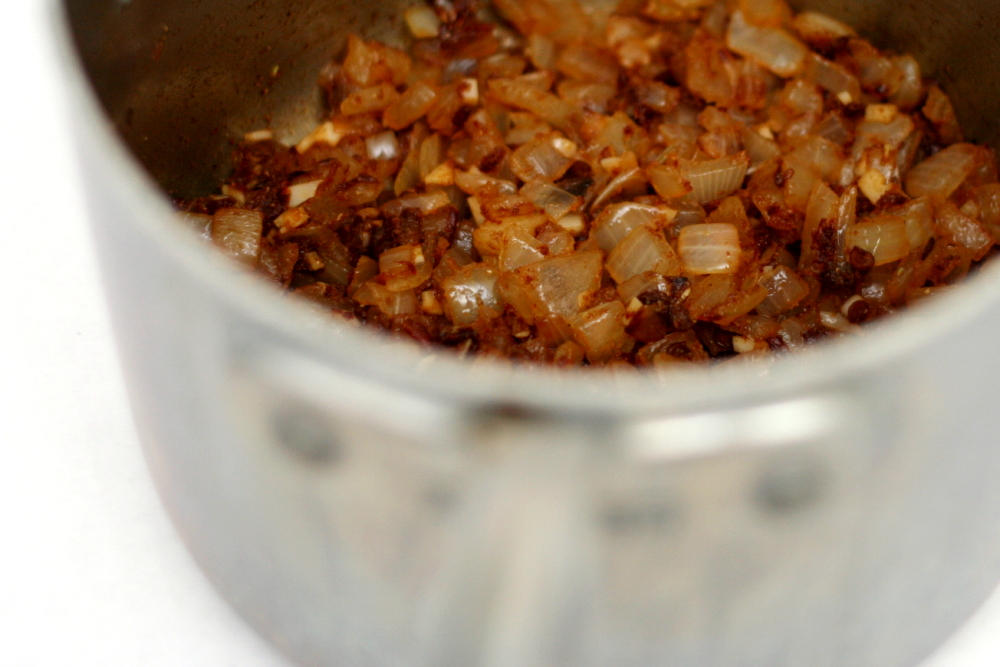
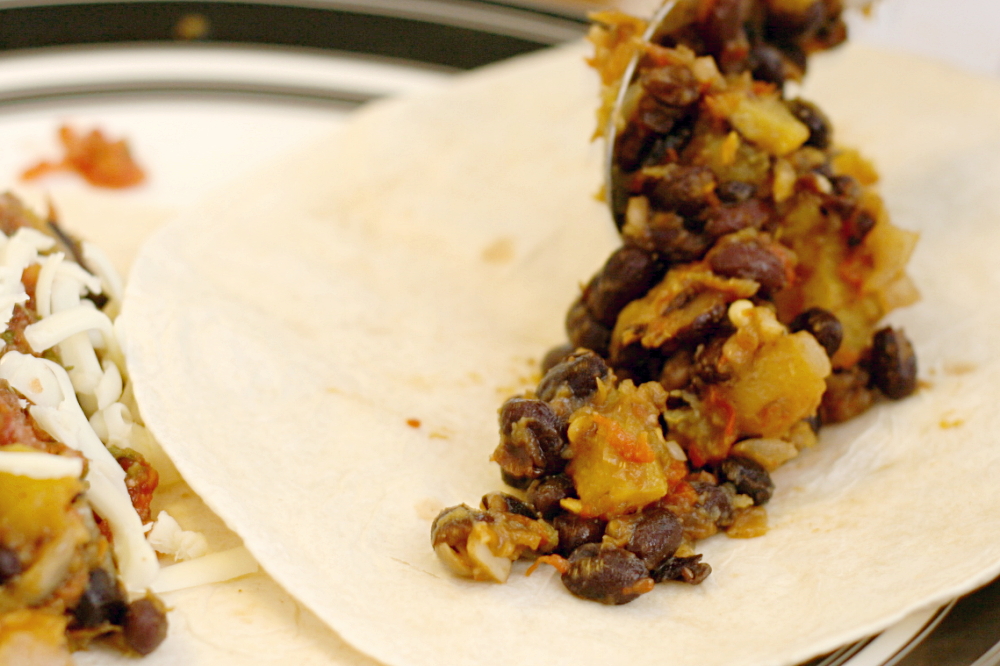
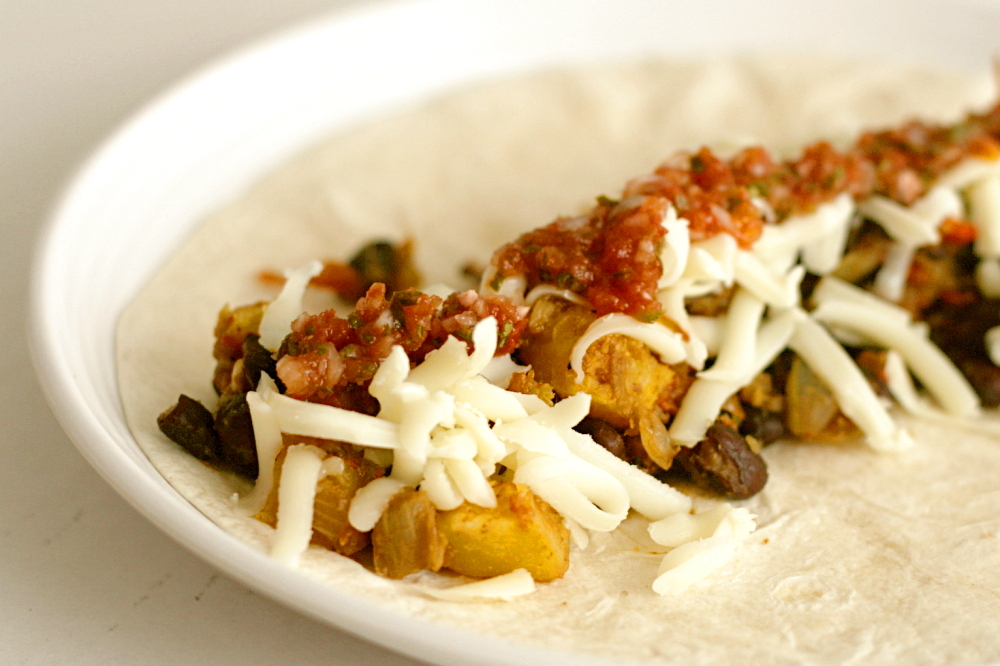
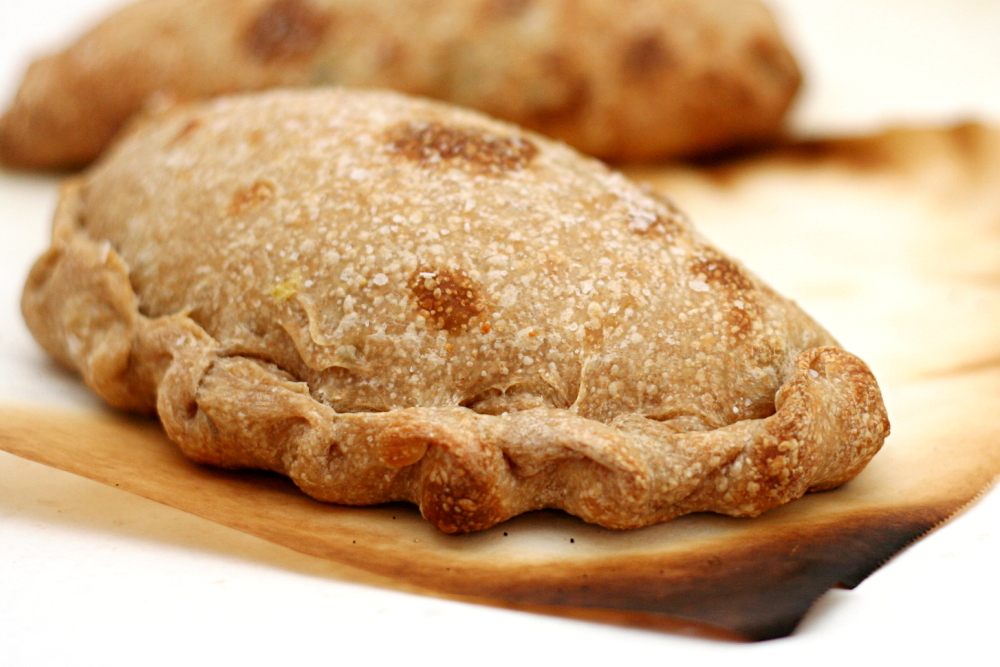
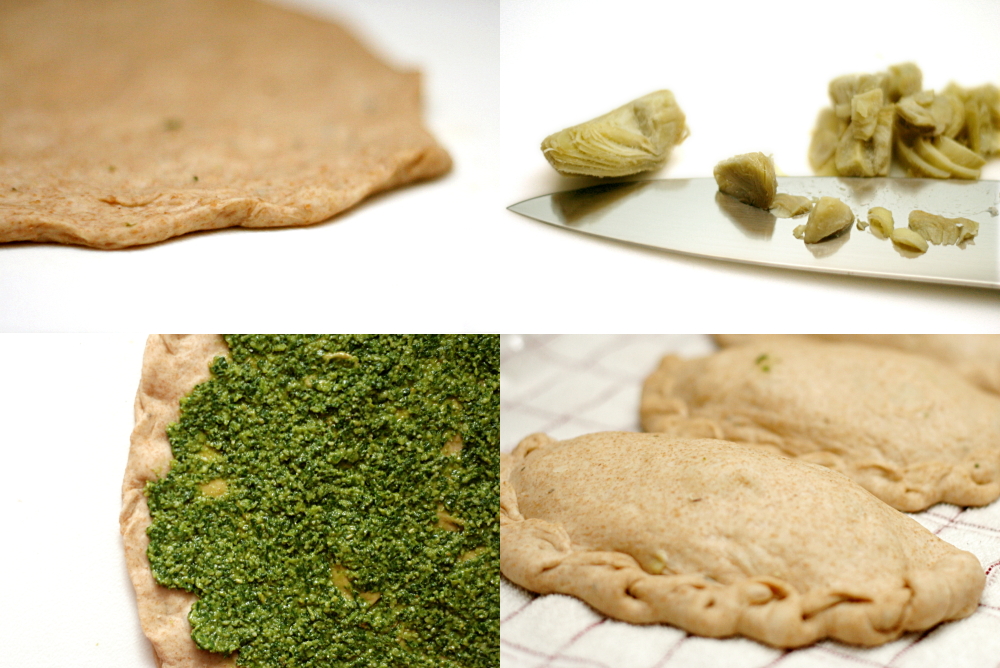
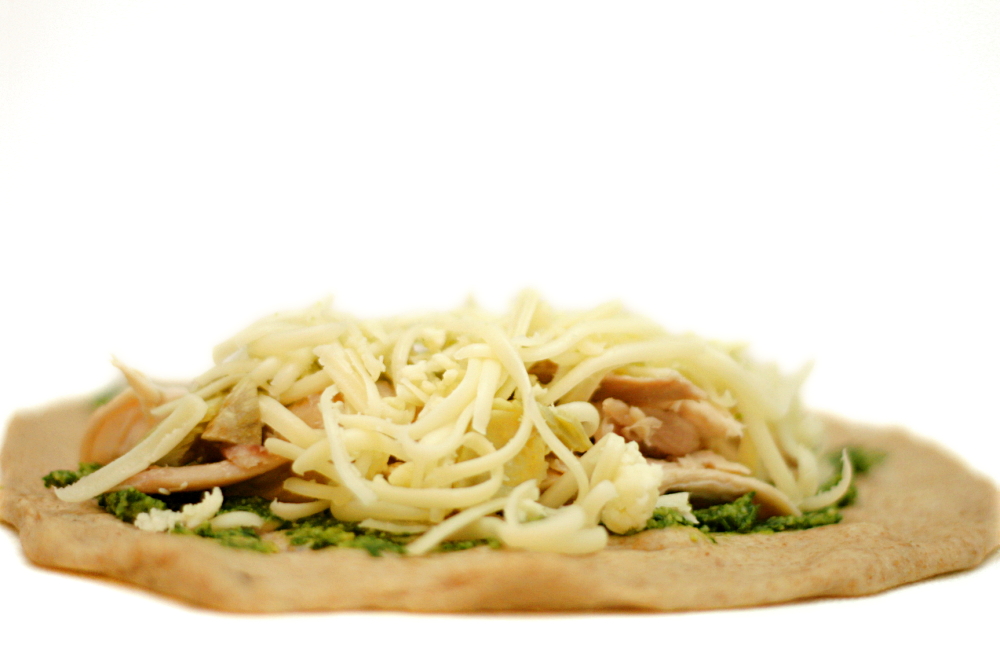
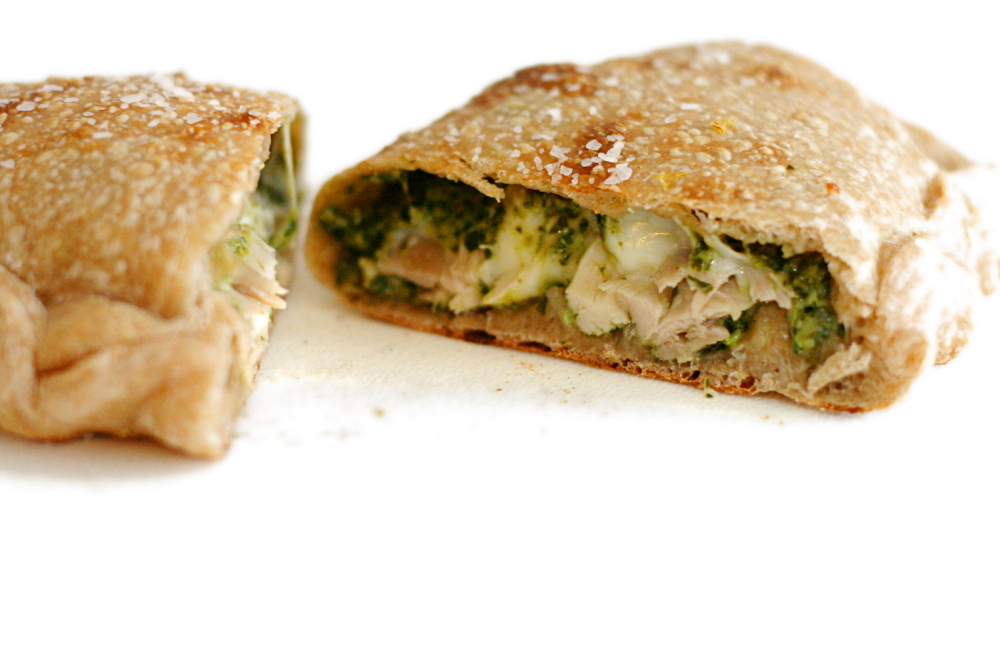
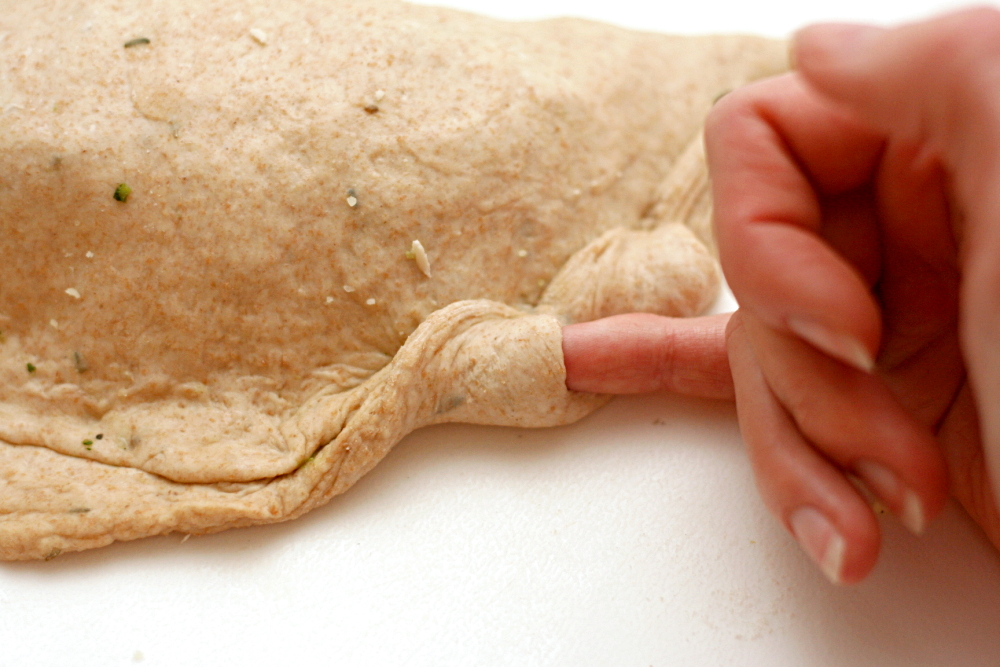
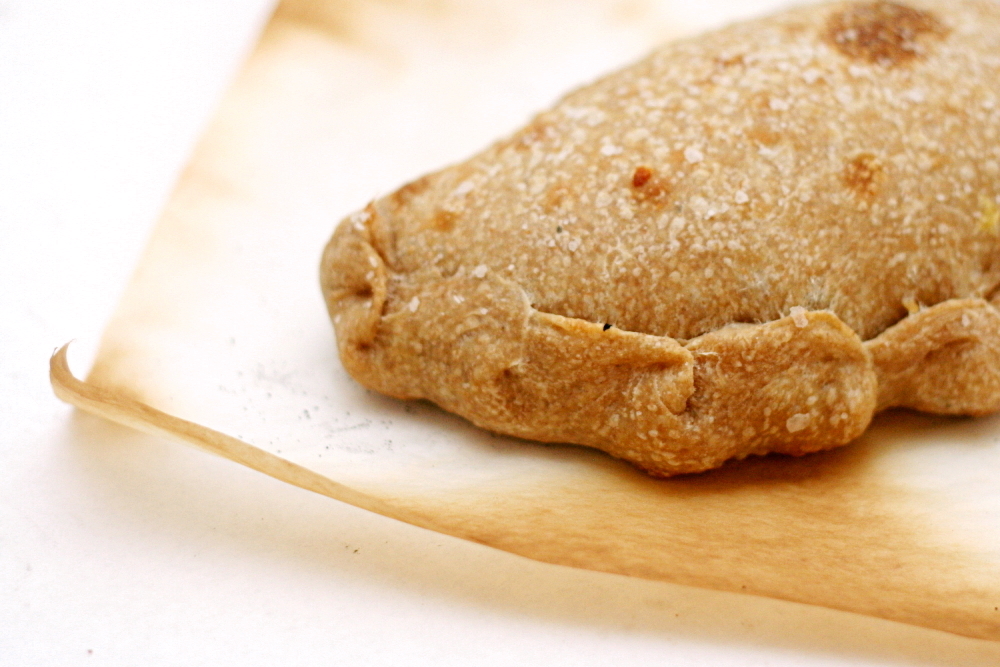

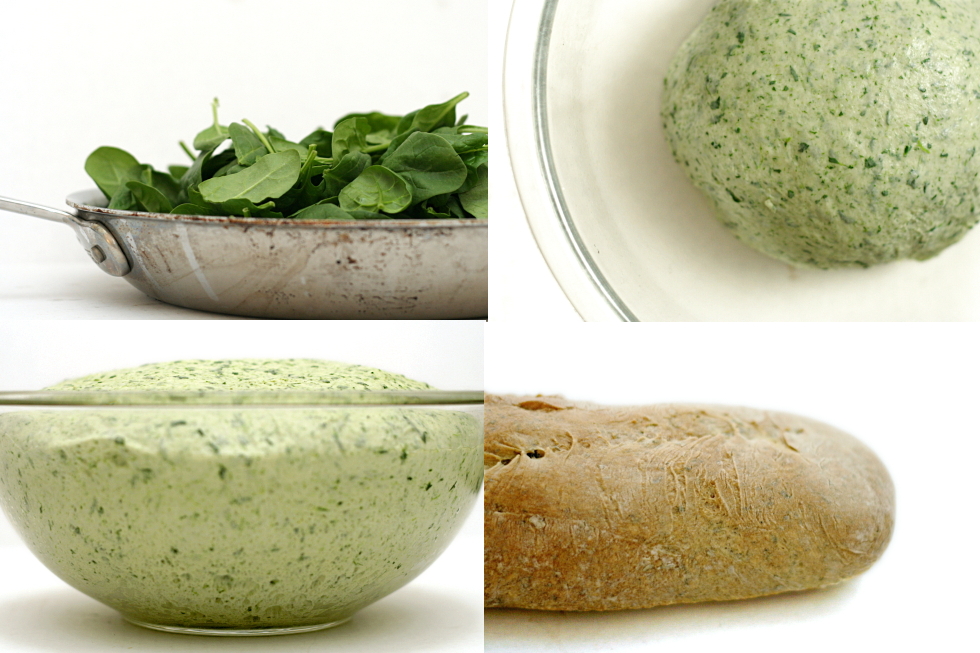
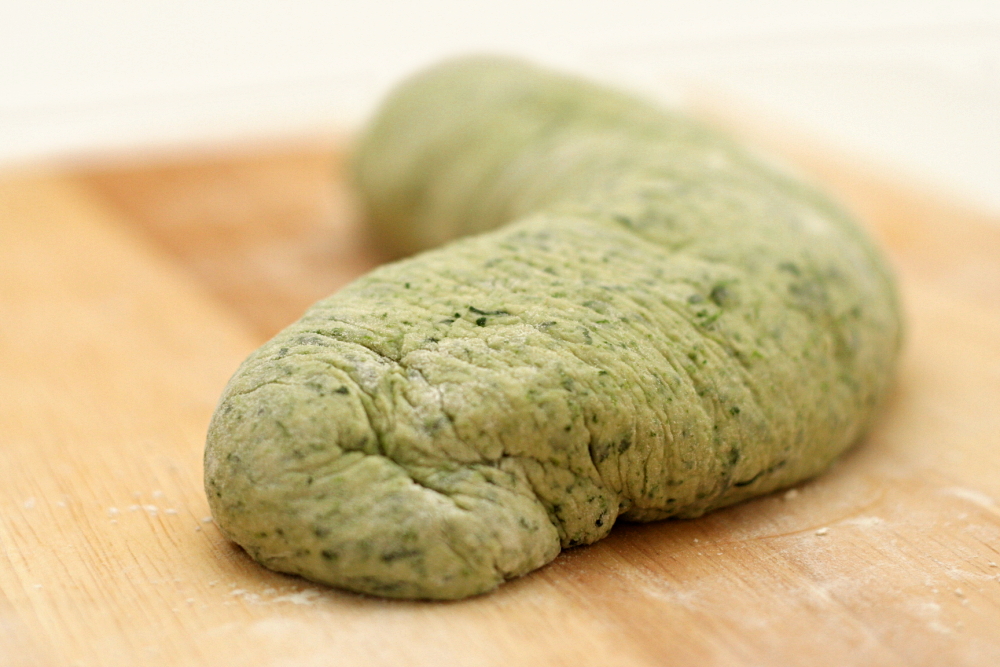 (I didn’t bake it like this; I was just enjoying the caterpillar resemblance.)
(I didn’t bake it like this; I was just enjoying the caterpillar resemblance.)


